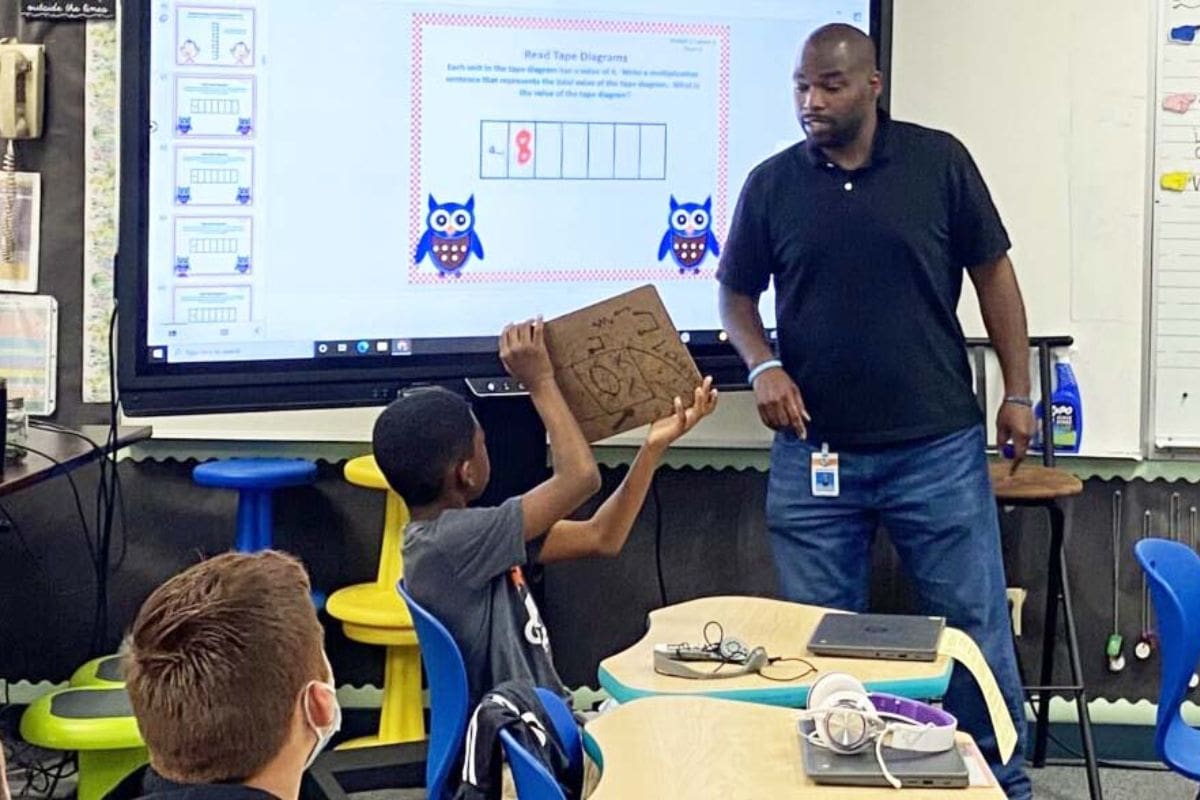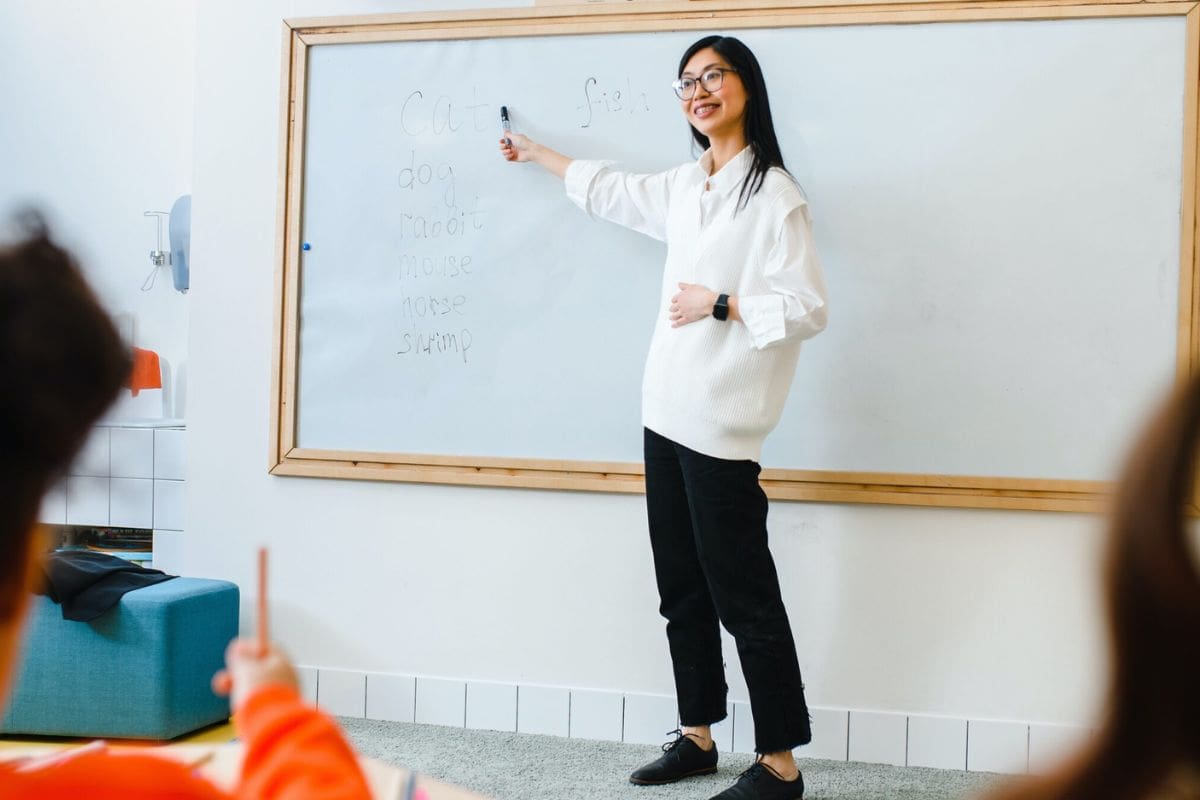Unlocking Arts Education: In the realm of arts education in California, a transformative force is quietly reshaping the landscape: teacher residencies. These innovative programs are not only addressing the pressing issue of teacher shortage but also revolutionizing the way educators are prepared to nurture young artistic minds.
Spearheaded by pioneers like Merryl Goldberg, these residencies are unlocking doors to creativity and inclusion, pushing boundaries in diversity and accessibility. As we explore the profound impact of teacher residencies in California, it becomes evident that their potential to reshape the future of arts education is nothing short of remarkable.

California’s Response to Teacher Shortage
In response to the persistent teacher shortage in California, the state has implemented various recruitment initiatives, including internships, apprenticeships, and residencies, to address the growing need for educators. These programs aim to attract individuals with diverse backgrounds and experiences to consider a career in teaching, providing them with the necessary training and support to excel in the profession. By offering alternative pathways into the education sector, California hopes to increase the number of qualified teachers entering the workforce and ensure that all students have access to high-quality instruction.
Through internships, aspiring teachers gain hands-on experience in real classroom settings, allowing them to develop essential skills under the guidance of seasoned educators. Apprenticeships provide a structured learning environment where participants receive mentorship and training while actively teaching students. Teacher residencies offer a more immersive experience, combining graduate-level coursework with full-time teaching responsibilities in high-need schools. These initiatives not only address the immediate staffing challenges faced by schools but also contribute to building a more robust and diverse educator workforce in California.
Teacher Residencies as Alternate Pathways
Teacher residencies offer aspiring educators a unique opportunity to gain practical experience and mentorship through an immersive ‘earn-and-learn’ model, providing an alternative pathway into the teaching profession. Here are four key reasons why teacher residencies serve as valuable alternate routes:
- Hands-On Experience: Residencies allow participants to engage in real classroom settings, applying theory to practice under the guidance of experienced mentors.
- Diversity in Education: By attracting candidates who may not have considered traditional teaching programs due to financial constraints, residencies have the potential to bring greater diversity to the teaching profession.
- On-the-Job Training: The ‘earn-and-learn’ model provides a structured environment for aspiring teachers to develop their skills while receiving a stipend or salary.
- Mentorship and Support: Residency programs offer a network of support, including mentor teachers who provide guidance, feedback, and encouragement throughout the learning process.
Merryl Goldberg’s Innovative Residency Program
Renowned arts professor Merryl Goldberg is spearheading an innovative residency program tailored for arts education students, with a specific focus on those who are first-generation college attendees. This program, designed by Goldberg, a seasoned arts educator, aims to provide paid learning opportunities to aspiring arts teachers, particularly students who need to financially support themselves and their families while pursuing their education. By offering these paid residencies, Goldberg is removing barriers that often hinder individuals from underrepresented backgrounds from entering the field of arts education.
Goldberg’s residency program stands out for its emphasis on accessibility and inclusivity. By specifically targeting first-generation college students, she is not only providing practical training but also opening doors for individuals who may not have otherwise considered a career in arts education. This innovative approach reflects Goldberg’s commitment to diversifying the field and ensuring that all aspiring teachers have the support and resources they need to succeed. Through this program, Goldberg is not only shaping the future of arts education but also empowering a new generation of educators to make a meaningful impact in their communities.

Boosting Diversity Through Residency Programs
Merryl Goldberg’s innovative residency program exemplifies a strategic approach to enhancing diversity within the teaching workforce by providing paid learning opportunities tailored for aspiring arts educators, particularly those from underrepresented backgrounds. This initiative is crucial in addressing the lack of diversity in the arts education sector, ultimately enriching the educational experience for all students.
Here are four key ways in which residency programs like Goldberg’s can boost diversity:
- Targeted Recruitment: Residency programs can actively recruit individuals from diverse backgrounds who may not have had traditional access to arts education training.
- Mentorship and Support: By providing mentorship and support tailored to the specific needs of underrepresented educators, residency programs can help them navigate potential challenges and thrive in their roles.
- Community Engagement: Residency programs can foster connections with local communities, building trust and relevance among students and families from diverse backgrounds.
- Culturally Responsive Teaching: Through residency programs, educators can develop culturally responsive teaching practices that resonate with the diverse experiences of their students.
Overcoming Challenges for Expansion in Arts Education
Expanding residency programs in arts education poses significant challenges that require strategic planning and sustained commitment to overcome in California’s diverse educational landscape. While the prospect of integrating such programs is met with enthusiasm, the necessity for institutional shifts and allowing ample time for substantial impact is recognized. There is a sense of urgency underscored by the need to cultivate a cohort of educators who can effectively engage with the state’s varied student demographic, ensuring that all learners have equal opportunities to access arts education.
In navigating these challenges, it becomes apparent that a multifaceted approach is essential. This includes fostering partnerships between schools and arts organizations, providing ongoing professional development for teachers, and securing sustainable funding sources to support the expansion of residency programs. By addressing these hurdles head-on, California can move closer to its goal of fostering a more inclusive and enriched arts education landscape that benefits students across the state.


Also Read: Unlocking EVs as Mobile Power Stations – A Game-Changing Move
News In Brief
California’s Arts Education Revolution. Teacher Residencies, spearheaded by Merryl Goldberg, are reshaping the landscape of arts education. Designed to address teacher shortages and foster diversity, these innovative programs offer hands-on experience, mentorship, and an ‘earn-and-learn’ model. Goldberg’s groundbreaking residency program specifically targets first-generation college students, breaking down financial barriers and promoting inclusivity. By boosting diversity, targeting recruitment, and emphasizing cultural responsiveness, residency programs like Goldberg’s aim to enrich arts education. Challenges include institutional shifts and sustained commitment, but the urgency to create a diverse cohort of educators for California’s varied student demographic remains paramount.
Our Reader’s Queries
What do you need to be an art teacher in California?
To pursue a career as an art teacher in California, it’s essential to hold a minimum of a bachelor’s degree, preferably with a major in art. Additionally, completion of an art teacher preparation program is required, which can be integrated into an undergraduate degree or undertaken as a post-baccalaureate program.
Is there a teacher shortage in CA?
SACRAMENTO, Calif. — Schools nationwide are grappling with a teacher shortage, and California is particularly impacted. According to a recent study conducted by the California School Boards Association, the state ranks 47th in the nation when it comes to its student-teacher ratio.
What is the residency program for teachers in Los Angeles?
The Los Angeles Urban Teacher Residency provides City Year alumni with the opportunity to fulfill credential requirements in three semesters and complete master’s degree requirements in an additional three semesters. Additionally, participants commit to a four-year teaching commitment upon successfully finishing the program.

